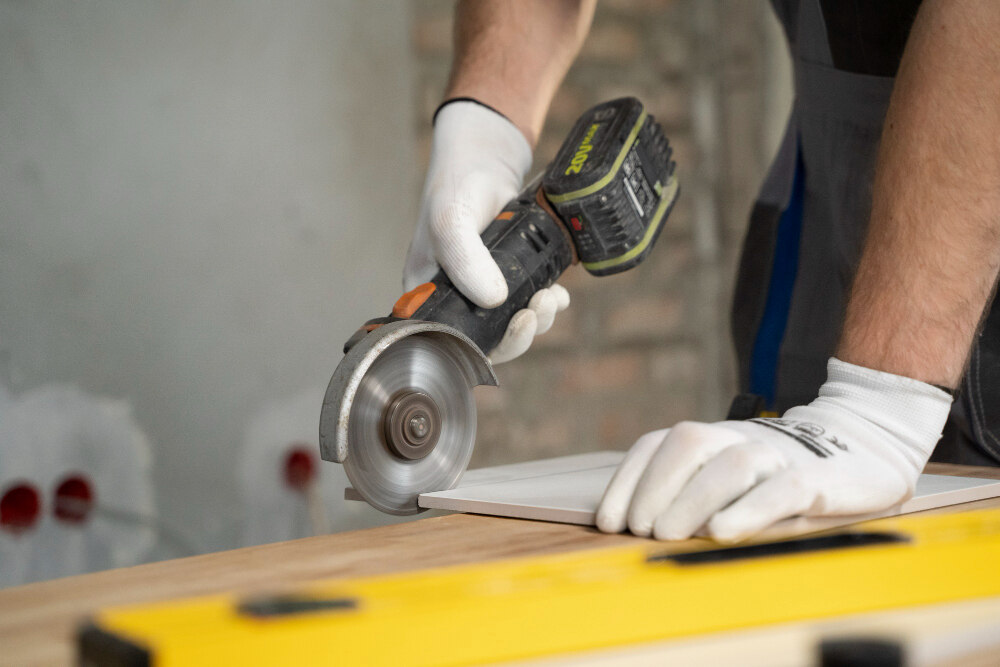Cutting drywall is an essential part of any drywall installation or repair project. However, the challenge often lies in managing the mess that comes with it. Excess dust can quickly become a headache, settling on everything from furniture to your lungs. So, how do you cut drywall without creating excess dust? With over 15-20 years of experience in the drywall field, I’m here to guide you through practical methods to minimize dust during the cutting process, ensuring a cleaner, safer environment.
In this guide, you’ll discover professional tips and techniques to cut drywall without creating excess dust, using the right tools, methods, and preparation.
Essential Tools for Cutting Drywall Without Excess Dust
The first step to cutting drywall without creating excess dust is to make sure you have the right tools. Investing in dust-reducing tools can save you hours of cleanup and protect your health.
1. Utility Knife
A sharp utility knife is one of the best tools for cutting drywall without creating excess dust. Unlike power tools, which grind away at the material, a utility knife allows you to score the drywall and snap it cleanly, significantly reducing dust.
2. Dustless Drywall Cutter
Specialized dustless drywall cutters come equipped with vacuum attachments that collect dust as you cut. These are especially useful for larger drywall projects where minimizing dust is essential.
3. Drywall Saw
While a drywall saw may create more dust than a utility knife, using one in conjunction with dust-reducing techniques can help keep the mess under control.
4. Straight Edge
A straight edge or T-square helps ensure precise cuts. Fewer mistakes mean fewer cuts, which translates to less dust being produced.
5. Vacuum with HEPA Filter
A high-efficiency particulate air (HEPA) filter vacuum is essential for cleaning up both during and after your cuts. The HEPA filter ensures that even the finest particles are captured, reducing airborne dust.
Preparing Your Workspace for a Cleaner Drywall Cut
Before cutting, proper preparation is key to learning how to cut drywall without creating excess dust. Here’s how to set up your workspace to minimize mess:
1. Work in a Well-Ventilated Area
Whenever possible, cut drywall outdoors or in a well-ventilated area. If you’re indoors, open windows, and use fans to improve airflow. This helps direct dust away from the cutting area and out of the room.
2. Cover Surrounding Areas
Place plastic sheeting or drop cloths on the floor and over nearby furniture to contain any stray dust. This also makes cleanup much easier.
3. Wear Protective Gear (Important)
Always wear a dust mask or respirator to prevent inhaling drywall dust. Safety goggles and gloves are also recommended for added protection.
4. Score the Drywall
When it’s time to make the cut, scoring the drywall first with a utility knife is one of the best methods to reduce dust. By only cutting the paper surface, you avoid kicking up a cloud of gypsum dust.
Best Techniques for Cutting Drywall Without Excess Dust
There are several techniques you can use to cut drywall without creating excess dust. These methods focus on reducing dust at the source and containing what little dust is created.
Scoring and Snapping
One of the most effective ways to cut drywall without creating excess dust is by scoring the drywall with a sharp utility knife and snapping it along the cut. This method avoids cutting through the gypsum core, which is the main source of dust.
Here’s how to do it:
- Place the drywall on a flat surface.
- Use a straight edge and a utility knife to score a line across the paper surface.
- Once scored, snap the drywall by applying pressure along the cut line. This technique minimizes the amount of drywall dust compared to using a saw.
Using a Dustless Drywall Cutter
For larger projects where snapping won’t suffice, a dustless drywall cutter can make all the difference. These specialized tools have a vacuum attachment to suck up dust as you cut. Simply attach the vacuum hose to the tool and let it do the work while you cut through the drywall.
Wet Cutting Method
Another effective technique to cut drywall without creating excess dust is wet cutting. Lightly dampen the area you’re about to cut with water. This method works by trapping dust particles in moisture, preventing them from becoming airborne. Be cautious not to over-saturate the drywall, as this can weaken the material.
Use a Drywall Saw Sparingly
When precision cuts are required around electrical outlets or small openings, a drywall saw may be necessary. To minimize dust, use slow, controlled strokes and pair it with a vacuum to catch the dust as you work.
Clean-Up: Keeping Your Work Area Dust-Free
Even if you’ve followed all the best practices on how to cut drywall without creating excess dust, a small amount of dust will inevitably accumulate. Here’s how to clean up efficiently:
Vacuum Immediately
After cutting, immediately vacuum the area using a HEPA-filter vacuum. This ensures you capture fine dust particles that could otherwise linger in the air.
Wipe Down Surfaces
After vacuuming, wipe down surfaces with a damp cloth to remove any remaining dust. This will help catch particles that the vacuum may have missed.
Dispose of Waste Properly
Once the job is done, dispose of the collected dust and drywall scraps properly. Bagging up your debris and securing it in heavy-duty trash bags prevents dust from escaping during transport.
Additional: The Health Risks of Drywall Dust
Gypsum dust is not just a mess to clean up but can also be harmful to your health if inhaled. Constant exposure to drywall dust, especially in unventilated spaces, can lead to respiratory issues and exacerbate allergies. This makes learning how to cut drywall without creating excess dust not only a convenience but also a matter of safety.
Conclusion
Cutting drywall doesn’t have to be a dusty nightmare if you follow these expert tips on how to cut drywall without creating excess dust. By using the right tools, preparing your workspace, and employing dust-minimizing techniques, you can complete your drywall project efficiently while keeping your environment clean and safe. Whether you’re a DIY enthusiast or a seasoned drywall professional, these methods will help you get the job done without creating a mess.
From scoring and snapping to using dustless cutters, the key is in the preparation and approach. Now that you know how to cut drywall without creating excess dust, you can tackle your next project with confidence, knowing that cleanup will be a breeze and your lungs will thank you!

